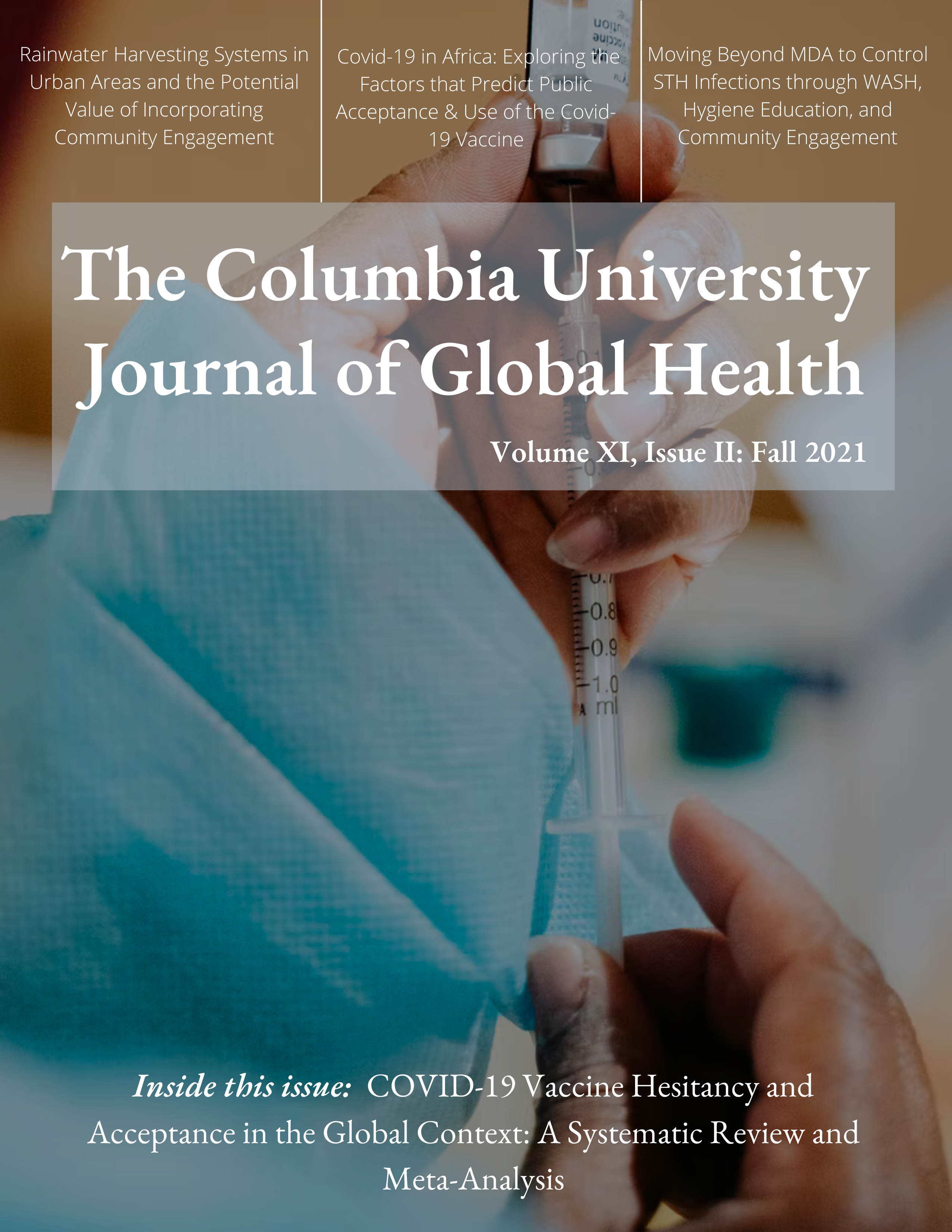Rainwater Harvesting Systems in Urban Areas and the Potential Value of Incorporating Community Engagement
Main Article Content
Abstract
Rainwater harvesting (RWH) is a water catchment technique used in urban areas globally. RWH has a deep history rooted in indigenous practices and has recently become more accepted in urban areas. The quality and quantity of harvested water depends both on the geographical location of the system with respect to nearby land-use, seasonality, and rainfall intensity, as well as the material of the catchment surface. The economic viability of RWH systems is dependent on initial expenses, operation and maintenance costs, and water fees. Furthermore, government subsidies and clear, concise policy may improve water tank installation, usage, and maintenance. Policy may also help the general public install and use RWH systems through the promotion of education that improves RWH-specific knowledge. While community engagement (CE), stakeholder participation, and increased community knowledge of RWH may potentially yield increases in system use and sustainability, there is a general paucity of this research in peer-reviewed literature. Future studies should explore community engagement within the context of rainwater harvesting systems in urban areas.
Article Details

This work is licensed under a Creative Commons Attribution 4.0 International License.

